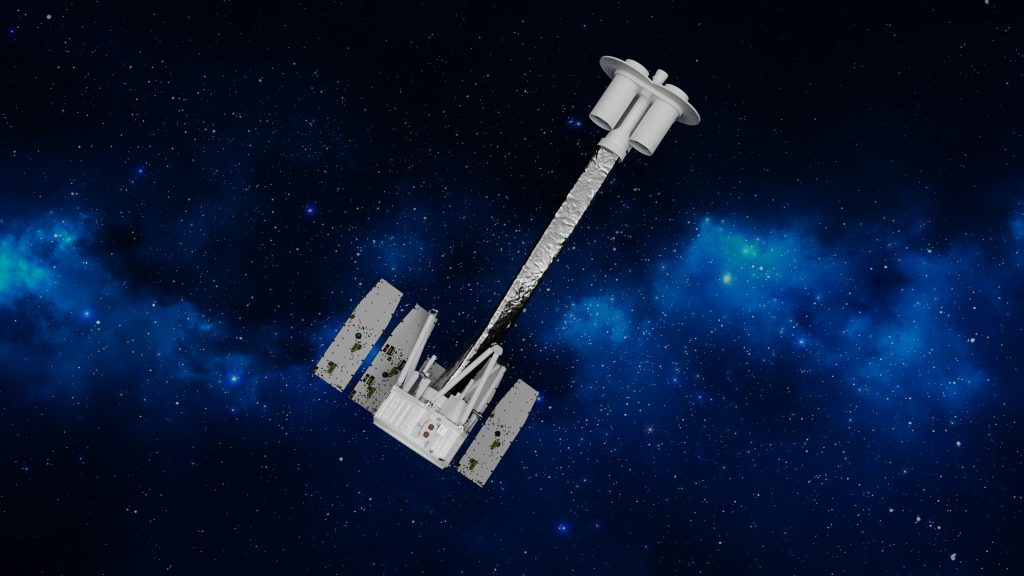One year ago, NASA’s Imaging X-ray Polarimetry Explorer (IXPE) lit up the early morning sky as it started its journey into space. The satellite was launched on a Falcon 9 rocket from NASA’s Kennedy Space Center in Florida on Dec. 9, 2021.

IXPE is the first satellite dedicated to measuring the polarization of X-rays from a variety of cosmic sources, such as black holes and neutron stars. Polarization is a property of light that gives scientists important information about cosmic objects. Before IXPE, X-ray polarization was rarely measured in space. In just one year, IXPE has conducted measurements no telescope has ever been able to make before.
Here’s a look at some of IXPE’s accomplishments in the first year of its mission:
- IXPE unlocked the secrets of Cassiopeia A, a famous exploded star.
- Findings from IXPE’s observation of neutron star Hercules X-1 surprised scientists.
- IXPE revealed the shape and orientation of hot matter around a black hole.
- Thanks to IXPE, scientists confirmed magnetars are highly polarized.
- NASA’s IXPE helped solve a 40-year mystery around particle acceleration in a blazar, an active black hole that has a jet pointed toward Earth.
IXPE is just getting started. Its baseline mission duration is two years, so with at least one more year of exploration to go, the satellite is poised to make more exciting discoveries about the intricacies of X-ray polarization. Happy first anniversary, IXPE!
By Hannah Maginot

